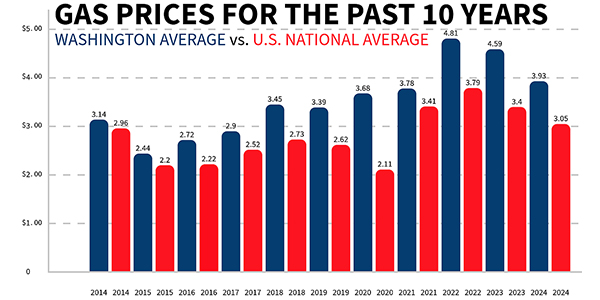By Stan Matthews
County Communications Program Manager
The Western Washington Growth Management Hearings Board has ruled that last year’s revisions to the housing and land use elements of the County’s Comprehensive Plan “make adequate provisions for existing and projected needs of all economic segments of the community” as required by the state’s Growth Management Act (GMA).
In a decision dated January 27, the board rejected a petition filed by John Campbell of Orcas Island which raised questions about the adequacy of the housing element.
In affirming the adequacy of the plan, the Hearings Board cited several newly adopted County policies including commitments to:
- Carry out a study . . . to examine the viability of appropriate public land for affordable housing.
- Actively pursue the County’s role in the provision of affordable housing by further studying the potential benefits and harms of a joint San Juan County and Friday Harbor Housing Authority and to offer support for non-profit and for‑profit housing providers.
- Study the potential of a permanent, voter approved, funding mechanism for Affordable Housing such as a levy lid lift, Real Estate Excise tax or through some other means such as impact fees, property taxes, recording fees and revenue bonds.
- Review all development regulations for UGAs to ensure the regulations enhance and encourage creation of denser, walking-centered communities.
- Expand the existing tiered density bonus to provide further incentives for creating affordable housing.
- Allow and encourage the rental of accessory dwelling units on a long-term basis to provide opportunity for affordable housing.
San Juan County Deputy Prosecutor, Jon Cain, who argued the County’s case, called the decision “gratifying” and said that it keeps the County moving forward toward compliance with the Growth Management Act.
Prosecutor Randall Gaylord noted, “We have been working steadily for the last 15 years, working through dozens and dozens of land use issues before the Growth Management Board. With this victory, only the adoption of the updated Critical Areas Ordinance and updates to some of our previous work remains to bring us into compliance with the GMA.”
That process of updating the Critical Areas Ordinance, which began more than three years ago, has been contentious and is expected to take at least another year to complete.
When the County achieves GMA compliant status, it will qualify for a number of benefits, including grants and access to low interest capital improvement loans from state agencies.
**If you are reading theOrcasonian for free, thank your fellow islanders. If you would like to support theOrcasonian CLICK HERE to set your modestly-priced, voluntary subscription. Otherwise, no worries; we’re happy to share with you.**







